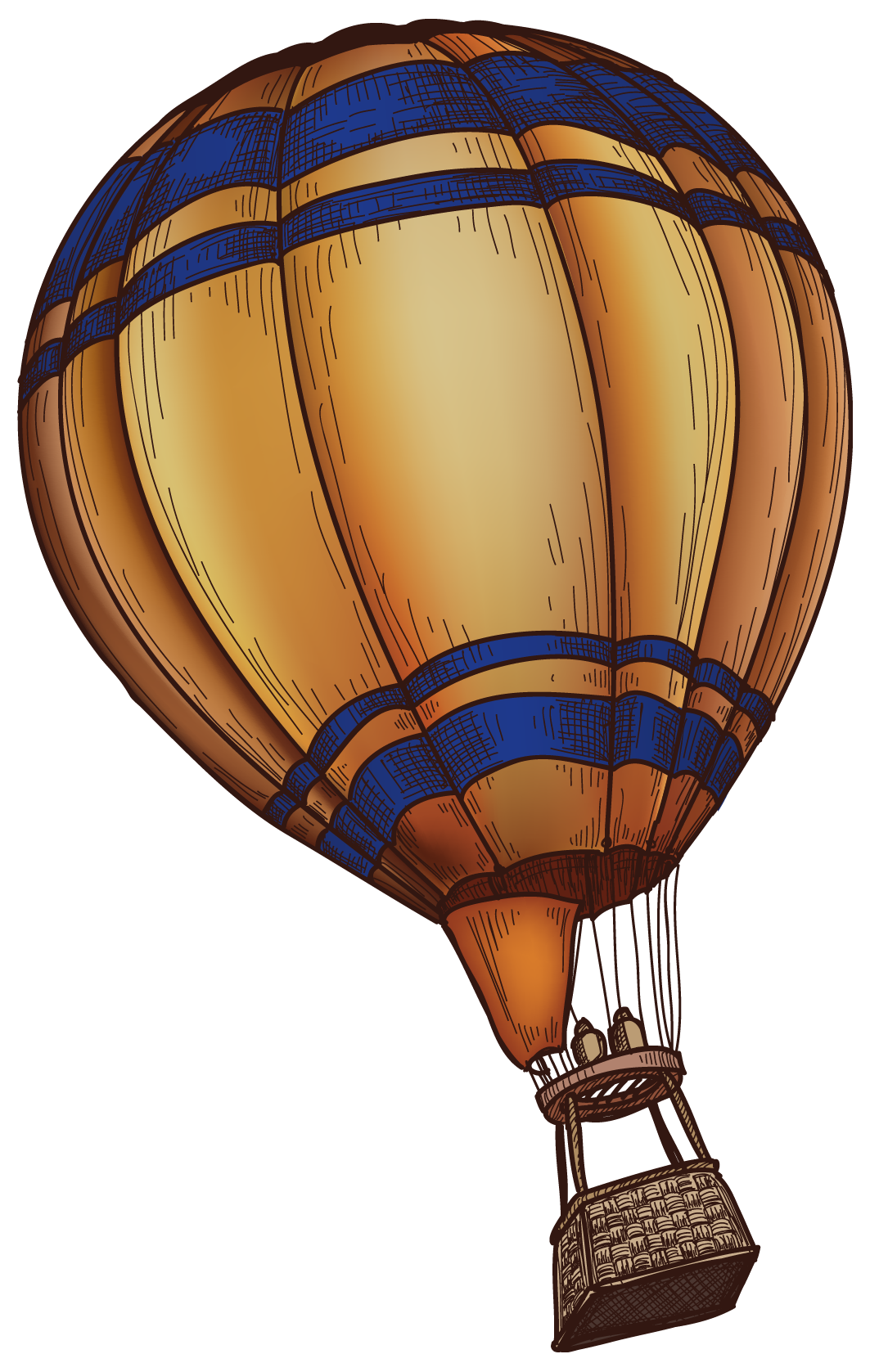Best time to visit
May to September (summer) – or, for the free-spirited, the swinging 1960s
Experiences
- Climbing to the top of St Paul’s Cathedral for an alternative view of London
- Marvelling at the prehistoric ruin of Stonehance and the sheer effort involved in its creation
- Revelling in the sense of achievement on reaching the peak of Scafell Pike in the Lake District England’s highest mountain
- Mixing Roman and Georgian history in the elegant town of Bath
- Eating fish and chips on a pebbly beach and willing the sun to shine
- Exploring Cornwall’s coastline of cliffs and bays, dotted with picturesque harbours and villages
- Horse riding through the Great Park and other beautiful places
- Walking – so many places
- Museums – some of the best in the world and most of them are free
- Putting on the Thames
Eat
Sunday roast dinner (typically beef with roast potatoes, Yorkshire pudding, carrots, peas and gravy) followed by a hearty apple crumble with custard and cream. Fish and chips a great delight.
Drink
Real ale – England is the home of the proper beer
Surprises
It does not actually rain that much; the English drink even more tea than you already think they do; most of the best things on offer in England are free. For visitors to England traditional pubs are a quintessential feature, and for the English themselves the pub is one of the country’s finest social and cultural institutions with more than 50,000 pubs scattered across the country. They range from vast and ornate Victorian drinking-palaces to simple country inns with low beams and sloping flag-stoned floors polished smooth by the passage of time and a thousand spilt pints.
Falkland Islands
Just next door to South America and Antarctica, the Falklands are curiously British through and through, with peat fires burning in every hearth and jolly tea times to set your clock by. With only a scattering of inhabitants (most are British military personnel), it’s hardly Touristville. The remote islands briefly rocketed to international importance during the 1980’s, when Britain took them back after an invasion by Argentina and everyone learnt their alternative name: the Islas Malvinas
Best time to visit
October to April
Experiences
- Admiring ramshackle Stanley, a town that appears to have been pieced together from flotsam, local stone and a whole lot of bright paint
- Wildlife-watching on the aptly named Sea Lion Island
- Paying court to breeding pairs of king penguins at Volunteer Beach
- Snacking on the South Sandwich Islands and seeing more than five million pairs of breeding chinstrap penguins.
Eat
Hydroponically grown vegetables in Stanley, but pack your own lunch anywhere else (British explorer Shackleton did not and almost starved to death).
Drink
A cup of tea, the most warming thing on a freezing-cold day).
Surprises
The Falklands War, for which the island is still best know, lasted 72 days but saw casualties of almost a thousand servicemen. Anywhere outside of Stanley is known as ‘camp’, from the Spanish word camp, countryside.
Fiji
Lapped by warm azure waters, fringed with vibrant coral reefs and cloaked in the emerald green of the tropics, Fiji is a paradise-seeker’s dream come true. Its sun-soaked, white-sand beaches and resorts are bliss, but only a slice of the country’s allure. Fiji is an interesting blend of Melanesian, Polynesian, Micronesian, Indian, Chinese and European influences – which means visitors can feed on curries and chop suey, visit temples, churches and mosques, hear Urdu and Mandarin and sip spiced chai or kava
Best time to visit
May to October, during the winter when humidity and rainfall are lower
Experiences
- Exploring Suva’s waterfront and market, with its exotic fruits and vegetables, seafood and spices
- Snorkelling and diving in Fiji’s extraordinary crystal blue reefs. Brilliant soft and hard corals, multitudes of colourful fish of various shapes and sizes, sponges, sea cucumbers, urchins, starfish and more. Night snorkelling is also a fantastic experience if you can overcome your fear of the unknown!
- Experiencing the warmth and hospitality of Fiji’s multi-ethnic inhabitants
- Surfing the fantastic breaks of the southern Mamanucas
- Admiring traditional bure (thatched dwelling) architecture in the highlands
- Swimming through the dark chambers of the Sawa-i-Lau caves in the Yasawa group of islands
Eat
Traditional Fijian foods including tavioka (cassava) and dalo (taro) roots, and seafood in lolo (coconut cream)
Drink
Cloudy bowl of lip-numbing yaqona (also known as kava), a ritualistic drink prepared from the aromatic roots of the Pacitic, pepper shrub, originally drunk in honour of the ancestors.
Surprises
Over 300 isalnds comprise Fiji’s archipelago and about two-thirds are uninhabited; boiled beka (bat) was once a popular indigenous Fijian dish.
 Incredible Experiences
Incredible Experiences